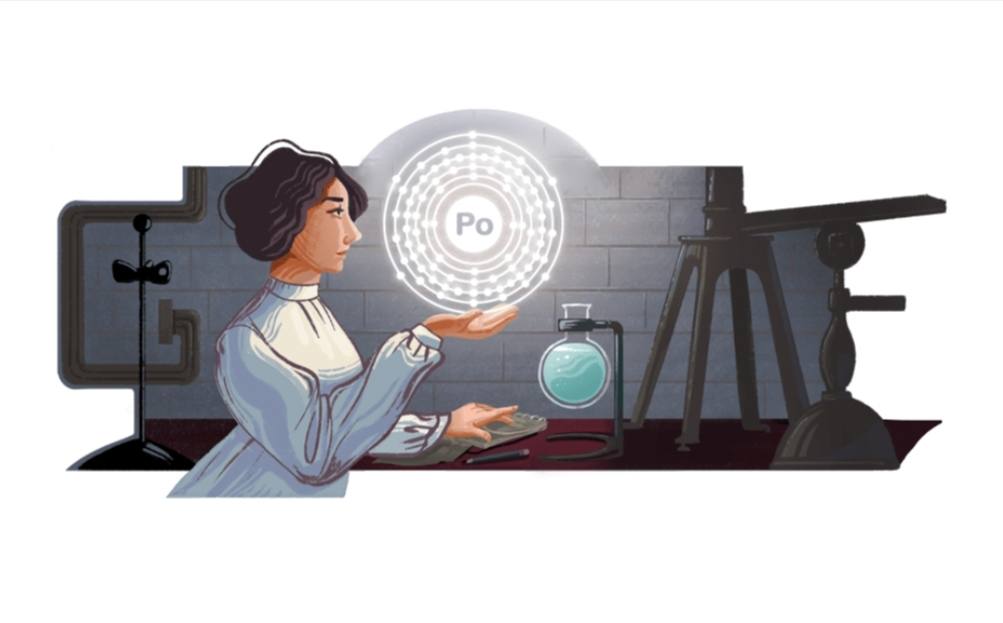Google doodle celebrates the 140th birth anniversary of Romanian physicist Ştefania Mărăcineanu, a pioneering woman in discovery and research of radioactivity.

Tech giant Google celebrates the 140th birth anniversary of Romanian physicist Ştefania Mărăcineanu with doodle. She was one of the pioneering women in discovery and research of radioactivity.
She graduated with a physical and chemical science degree in 1910 and started her career as a teacher at the Central School for Girls in Bucharest. While there, she earned a scholarship from the Romanian Ministry of Science.
Mărăcineanu decided to pursue graduate reasearch at the Radium Institute in Paris. At that time, the Radium Institute was developing as a worldwide center for the study of radioactivity under the direction of physicist Marie Curie. Mărăcineanu started working on her PhD thesis on polonium, an element discovered by Curie.
Ştefania Mărăcineanu researched the half-life of polonium
During her research on the half-life of polonium, Mărăcineanu noticed that the half-life seemed dependent on the type of metal it was placed on. This got her wondering if the alpha rays from the polonium had transferred some atoms of the metal into radioactive isotopes. Her research led to what is most likely the first example of artificial radioactivity.
Also Read:- Google Doodle celebrates 171st birthday of Angelo Moriondo, the godfather of espresso machines
Mărăcineanu enrolled at Sorbonne University in Paris to finish her PhD in physics, which she earned in just two years. After working for four years at the Astronomical Observatory in Meudon, she returned to Romania and founded her homeland’s first laboratory for the study of Radioactivity.
Ştefania Mărăcineanu dedicated her time to researching artificial rain, which included a trip to Algeria to test her results. She also studied the link between earthquakes and rainfall, becoming the first to report that there is significant increase of radioactivity in the epicenter leading up to an earthquake.
In 1935, Irène Currie, daughter of Marie Curie, and her husband received a joint Nobel prize for their discovery of artificial radioactivity. Mărăcineanu didn’t contest the Nobel prize, but asked that her role in the discovery be recognized.
Mărăcineanu’s work was recognized by the Academy of Sciences of Romania in 1936 where she was elected to serve as a Director of research, but she never received global recognition for the discovery.
Also Read:- Google Doodle pays tribute to Naziha Salim, one of Iraq’s most influential artists
